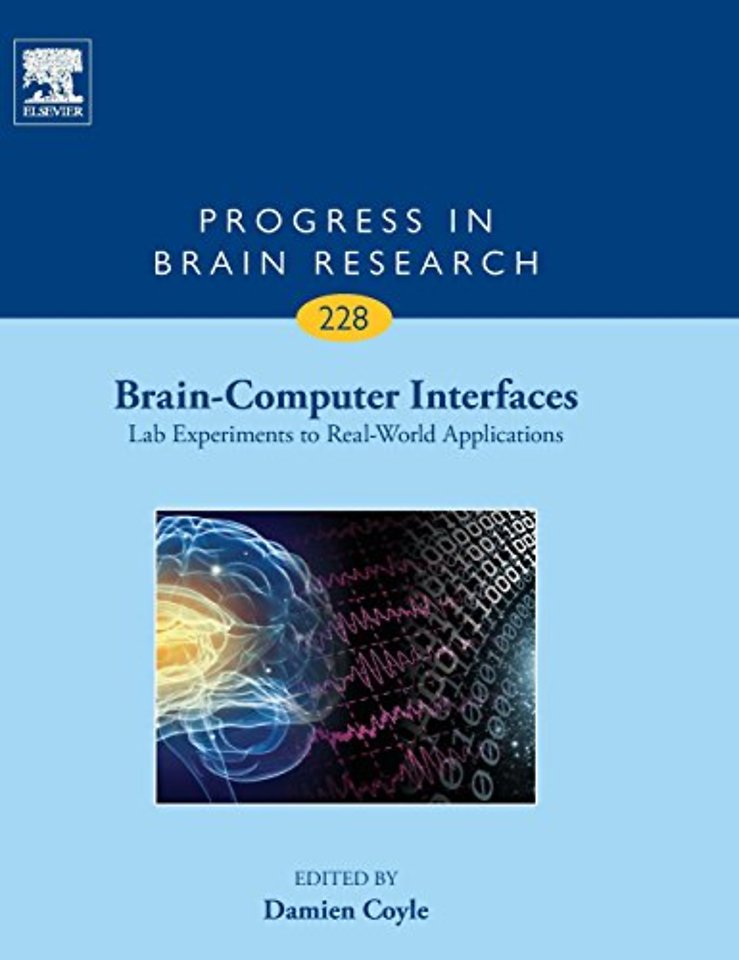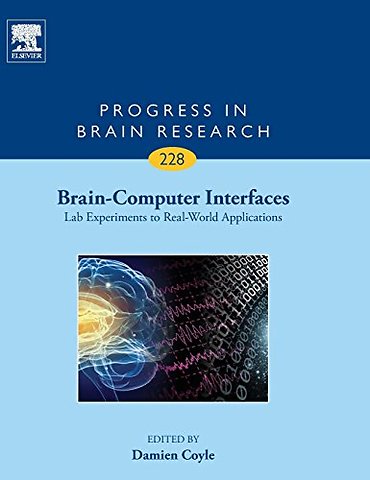<p>ECoG studies<br>1. Electrocorticographic (ECoG) Brain-Computer Interfaces and Plasticity<br>Kai Joshua Miller</p> <p>Signal processing <br>2. Neural and Cortical Analysis of Swallowing and Detection of Motor Imagery of Swallow for Dysphagia Rehabilitation-A Review<br>Cuntai Guan and Huijuan Yang </p> <p>Advanced non-invasive decoding of hand grasp and arm movements <br>3. Multisession, noninvasive closed-loop neuroprosthetic control of grasping by upper limb amputees<br>Jose Contreras-Vidal<br>4. From classic motor imagery to complex movement intention decoding: the non-invasive Graz-BCI approach<br>Gernot Müller-Putz<br>5. 3d arm motion trajectory prediction from EEG <br>Attila Korik</p> <p>Patients studies and clinical applications <br>6. Interfacing Brain with Computer to improve communication and rehabilitation after brain damage<br>Donatella Mattia<br>7. Brain Computer Interfaces in the completely locked in state and chronic stroke<br>Niels Birbaumer<br>8. Practical considerations in using brain-computer interfaces for real-world applications that assist individuals with disabilities<br>Dennis McFarland<br>9. Brain-Computer Interfaces for neurorehabilitation<br>Junichi Ushiba</p> <p>Non-medical applications <br>10. A passive Brain-Computer Interface (p-BCI) application for the mental workload assessment on professional Air Traffic Controllers (ATCOs) during realistic ATC tasks<br>Fabio Babiloni<br>11. Advances in User-Training for Mental-Imagery Based BCI Control: Psychological and Cognitive Factors and their Neural Correlates<br>Fabien Lotte<br>12. Communicating with BCI using language related cognitive tasks<br>Francisco Sepulveda<br>13. Brain-Computer Games Interfacing with Motion-onset Visual Evoked Potentials<br>David Marshall<br>14. Brain-Computer Interfaces for Patients with Disorders of Consciousness<br>Damian Cruse<br>15. A Cognitive Brain-Computer Interface for Patients with Amyotrophic Lateral Sclerosis<br>Matthias R. Hohmann</p>

